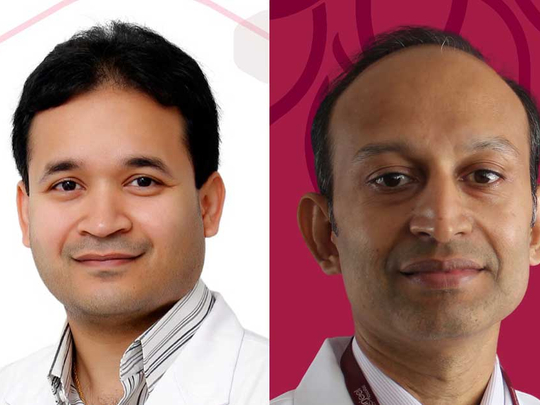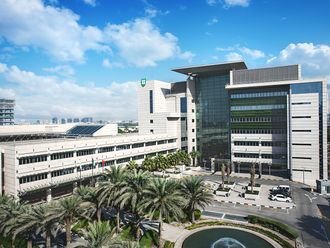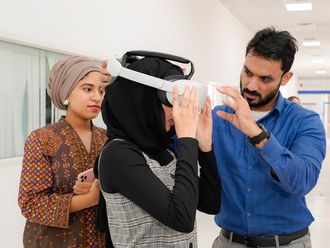
Dubai: With over 19 per cent of UAE’s population diagnosed with Type II diabetes, eye-related complications are on the rise, especially Glaucoma, which is also showing a high incidence in the UAE.
While some studies link Type II diabetes to glaucoma, an eye condition which has continued to be the leading cause of blindness globally, not all studies show a direct correlation. However, opthalomologists in the UAE have acknowledged a rise in glaucoma cases.
With the introduction of New Minimally Invasive Glaucoma Surgeries (MIGS) — that will be covered by most local insurance providers — patients can expect early intervention to arrest deterioration.
MIGS that have been in practice since the last 5-10 years and have the approval of US Food and Drug Administration as well as in the UK, and are now to be introduced in the UAE this year. These group of surgeries which are performed through a 2-mm hole in the cornea under topical anaesthesia in many cases, have a higher success rate with lesser trauma to the eye and are advised by surgeons in cases of mild to moderate conditions of glaucoma.
During World Glaucoma Week (March 6-12), we look at the issues surrounding this debilitating disease.
What is glaucoma?
Dr Sanjay Vodela, ophthalmic eye surgeon at Medeor 24x7 Hospital, Dubai, told Gulf News: “Glaucoma is an irreversible damage to the optic nerve that leads to blindness in the end stage. With early detection and treatment, the damage can be controlled with medicines, laser and surgery. Glaucoma usually occurs in patients who have a genetic predisposition to the condition. We advise patients from the age of 16 to undergo preventive screening. Those who do not have a genetic history, are advised to undergo annual screening after the age of 35.”
Explaining the classic first symptom of glaucoma, intense eye pressure, Dr G.T. Sunil, specialist ophthalmic surgeon, Burjeel Hospital, Abu Dhabi, explained: “The fluid or aqueous humour in our eyes under normal circumstances is drained into our blood stream through regular pathways. In glaucoma, these pathways get obstructed causing high pressure in the eye which over time damages the optic nerve.”
However, eye pressure is not the only indicator of glaucoma, he said. Optic nerve evaluation is also important. “The usual eye pressure in a normal individual is between 7-21 mmHg (calculated in milimeters of mercury). However, in many cases, damage occurs to the optic nerve even when the eye pressure is normal.
“Therefore, we do the Optical Coherent Tomography (OCT) and Visual Fields Test to assess the health of the optic nerve,” said Dr Sunil.
MIGS
MIGS have gained ground around the world in case of early intervention in glaucoma. Dr Sunil, who is hopeful of treating patients in the UAE with MIGS this year, elaborated, “Once screened, glaucoma management is done by medication, lasers, incision surgeries and the new MIGS. Incision surgeries are undertaken only in severe glaucoma cases as incisions in the conjunctiva are made to correct the condition. But there are always chances of infection, internal bleeding, very low eye pressure, development of cataract. All of these could do long-term damage to vision.”
MIGS do not entirely correct the eye pressure, but help reduce medication and improve the quality of a patient’s life. “MIGS have become popular in early stage glaucoma as these surgeries can be done quickly, just with a tiny incision, without causing trauma to the eyes. Patient can be discharged within a day and are able to get complete vision the same day,” explained Dr Sunil.
Recovery time in surgeries like these, he said, was within 48 hours, with minimal trauma to the eyes.
Do you have glaucoma?
Check for the following symptoms:
- Halos or winged vision.
- Vision deterioration.
- Throbbing headaches.
- In some cases, altered or damaged side-vision.












